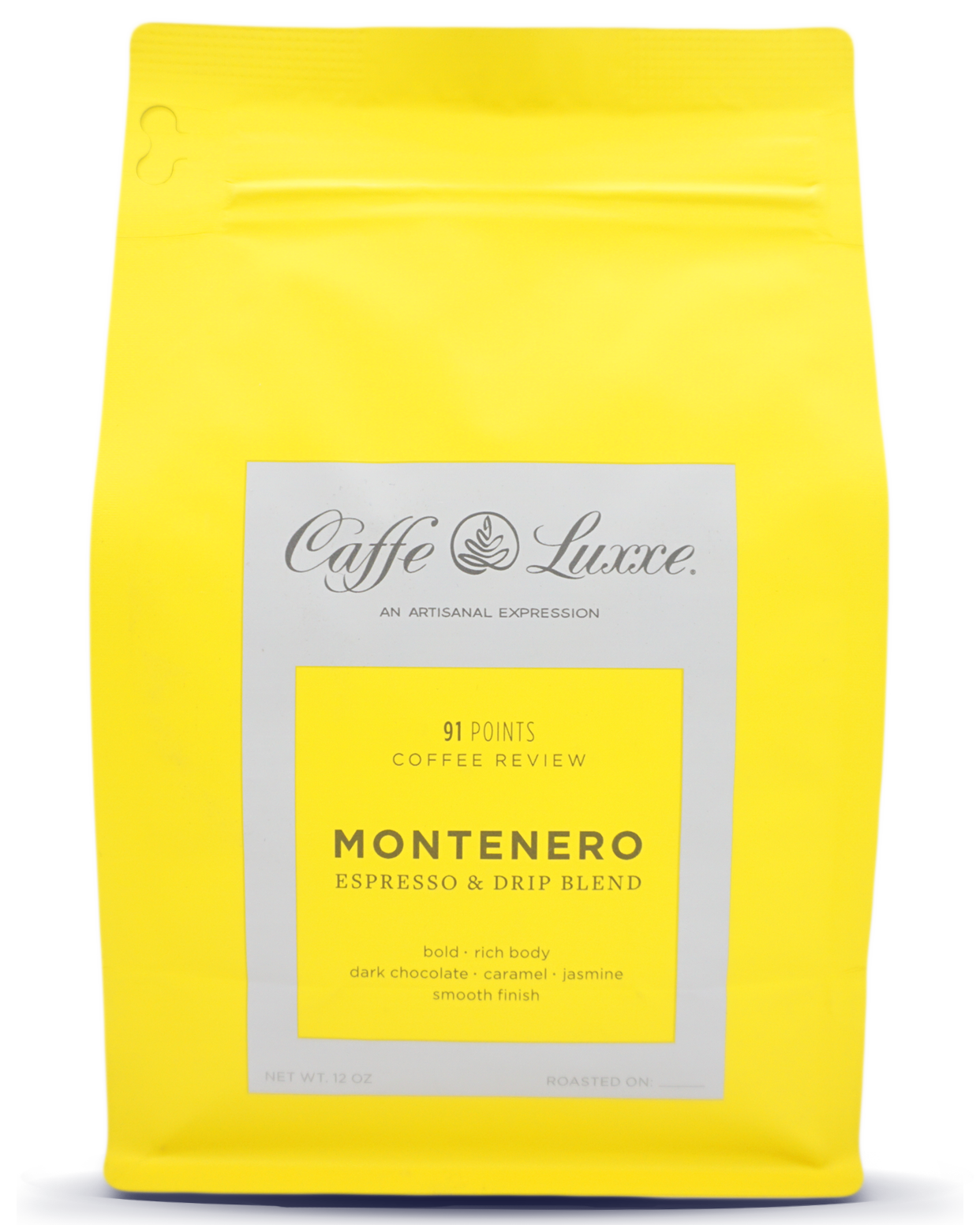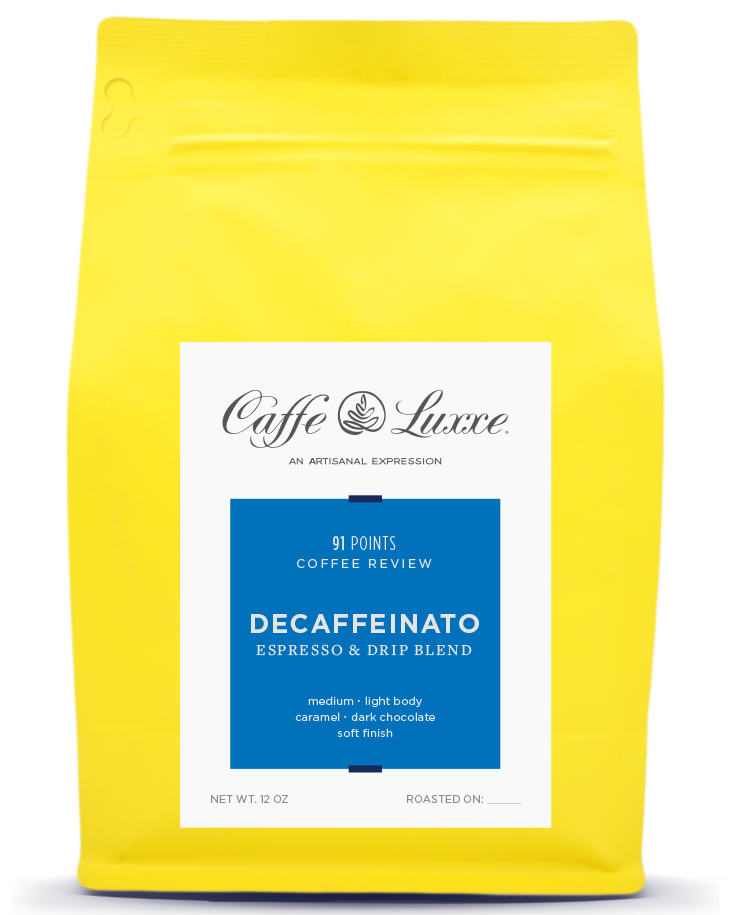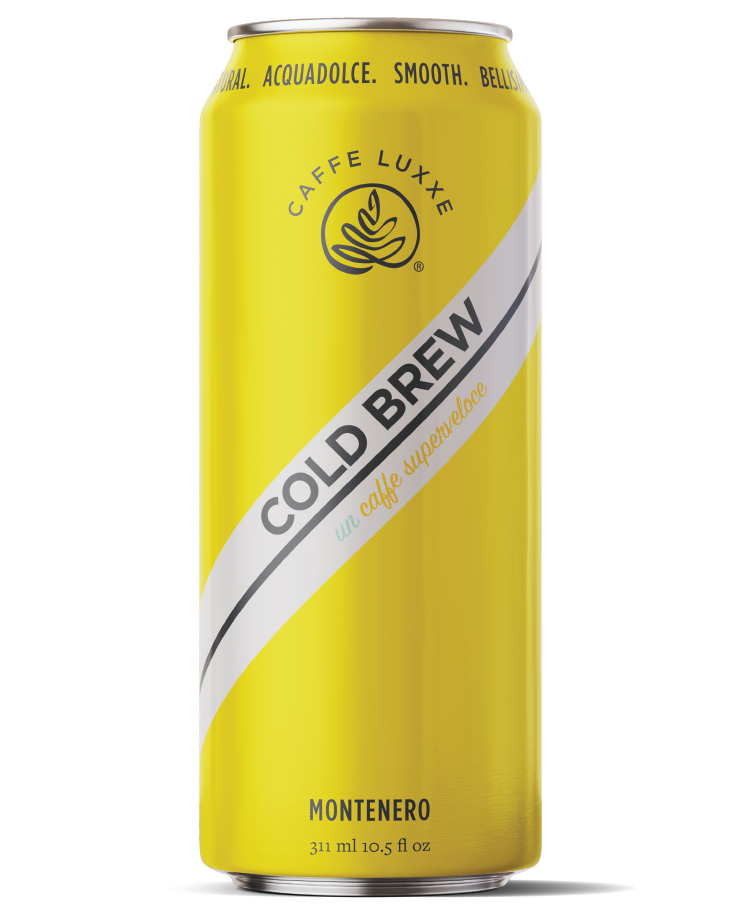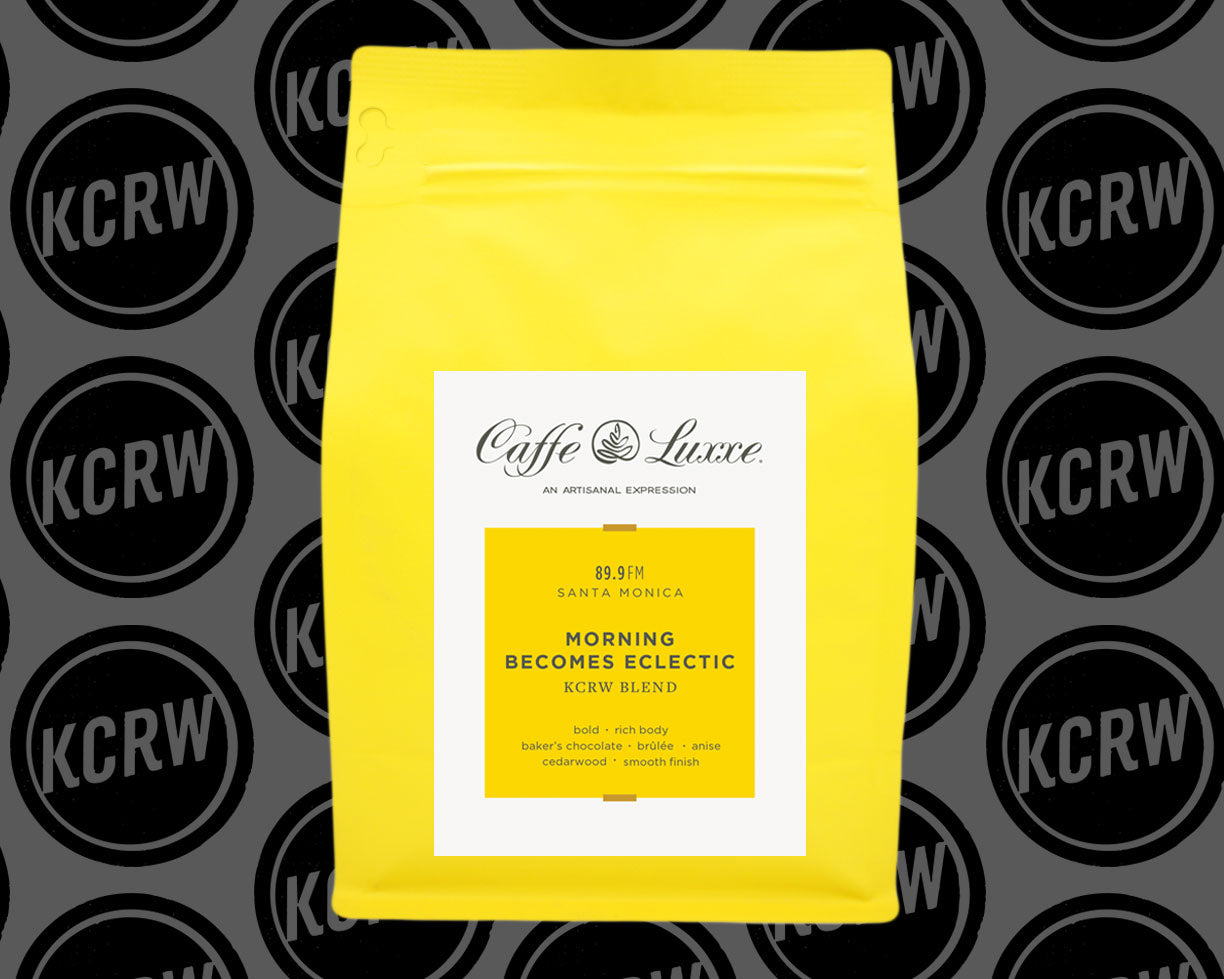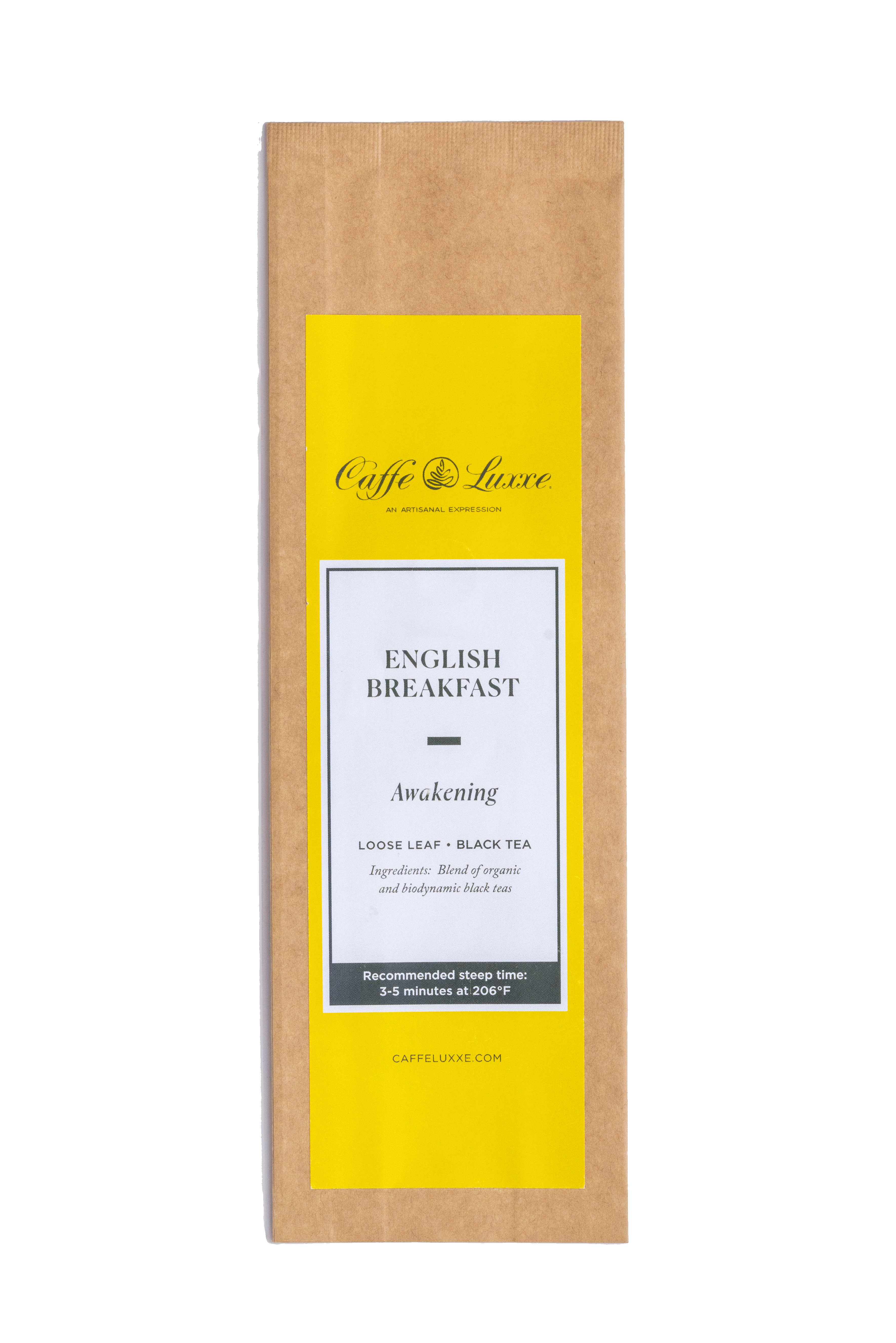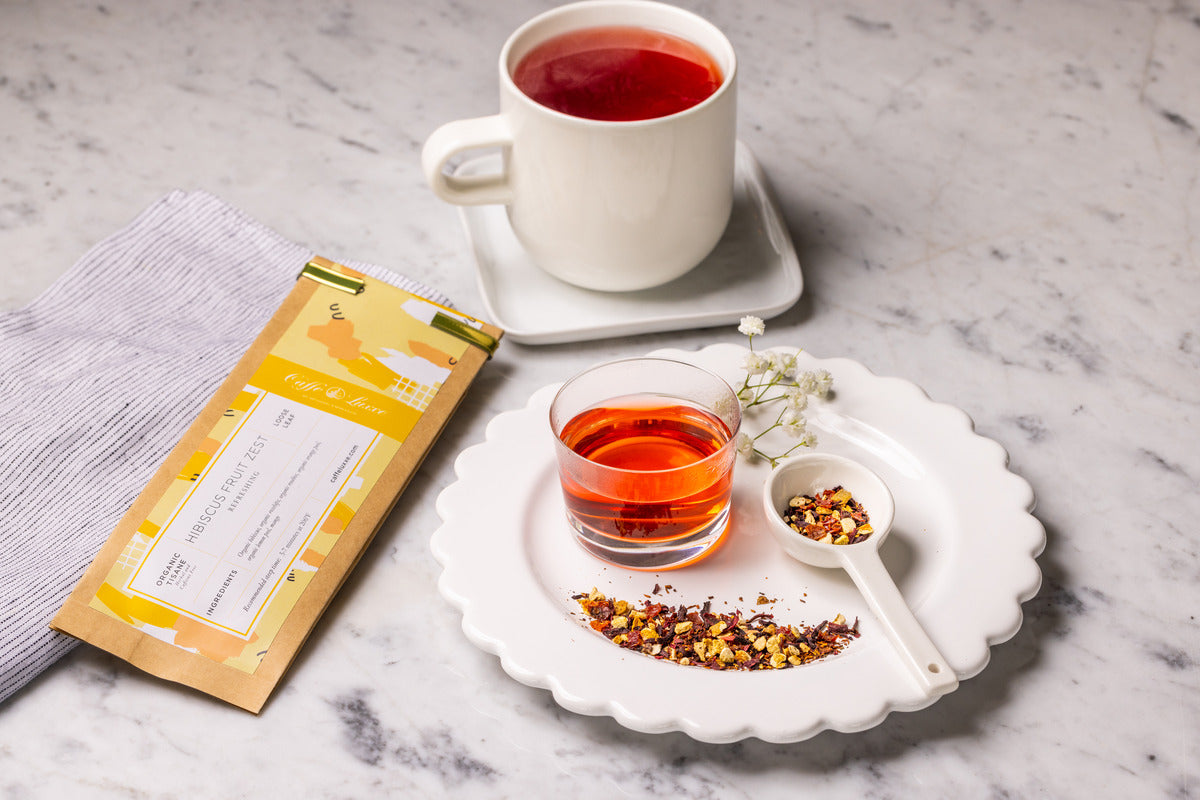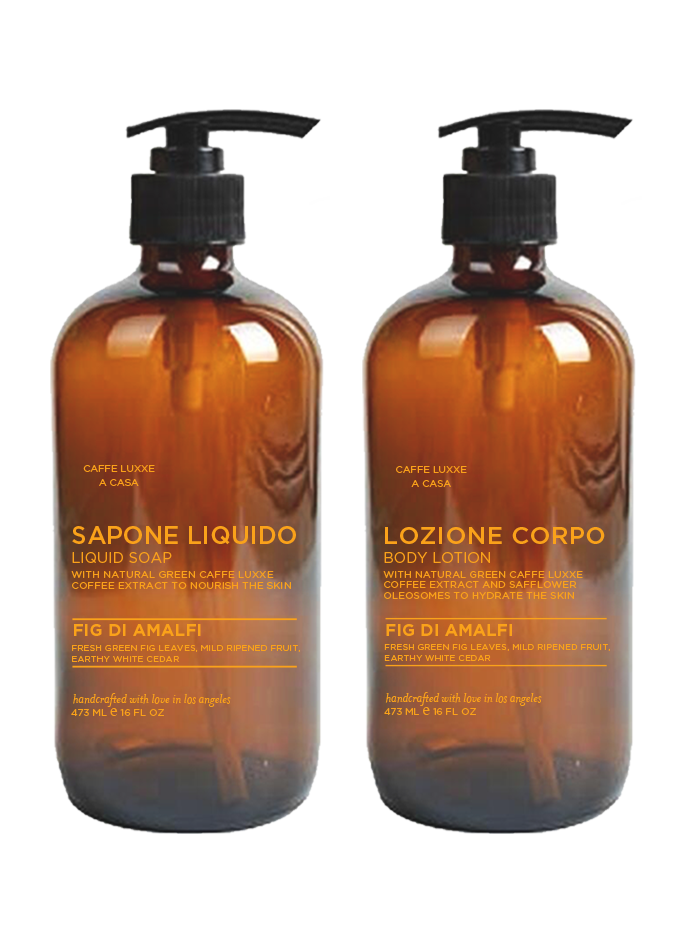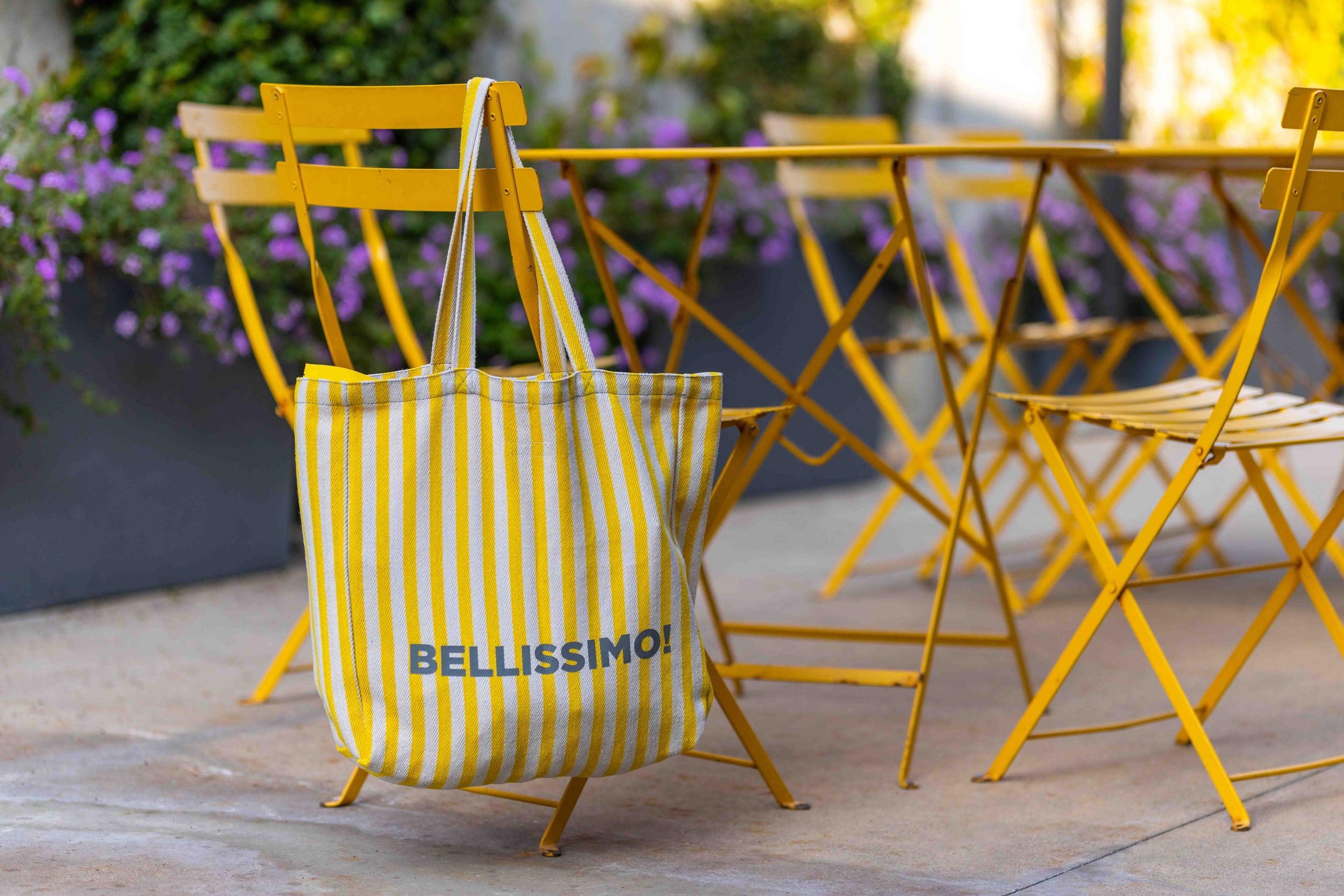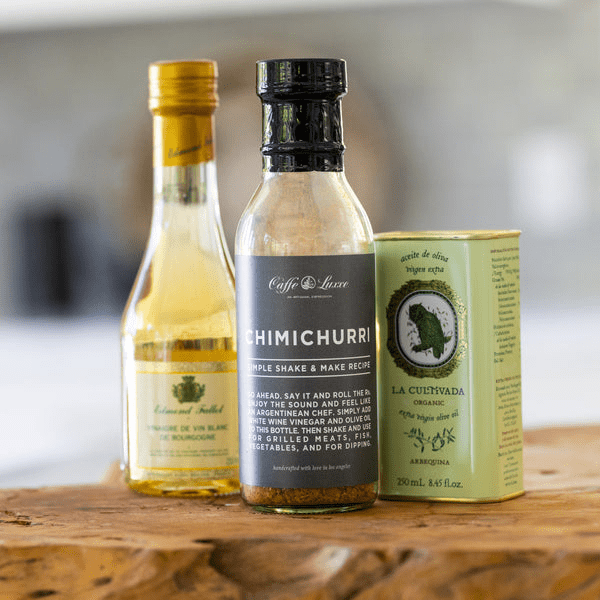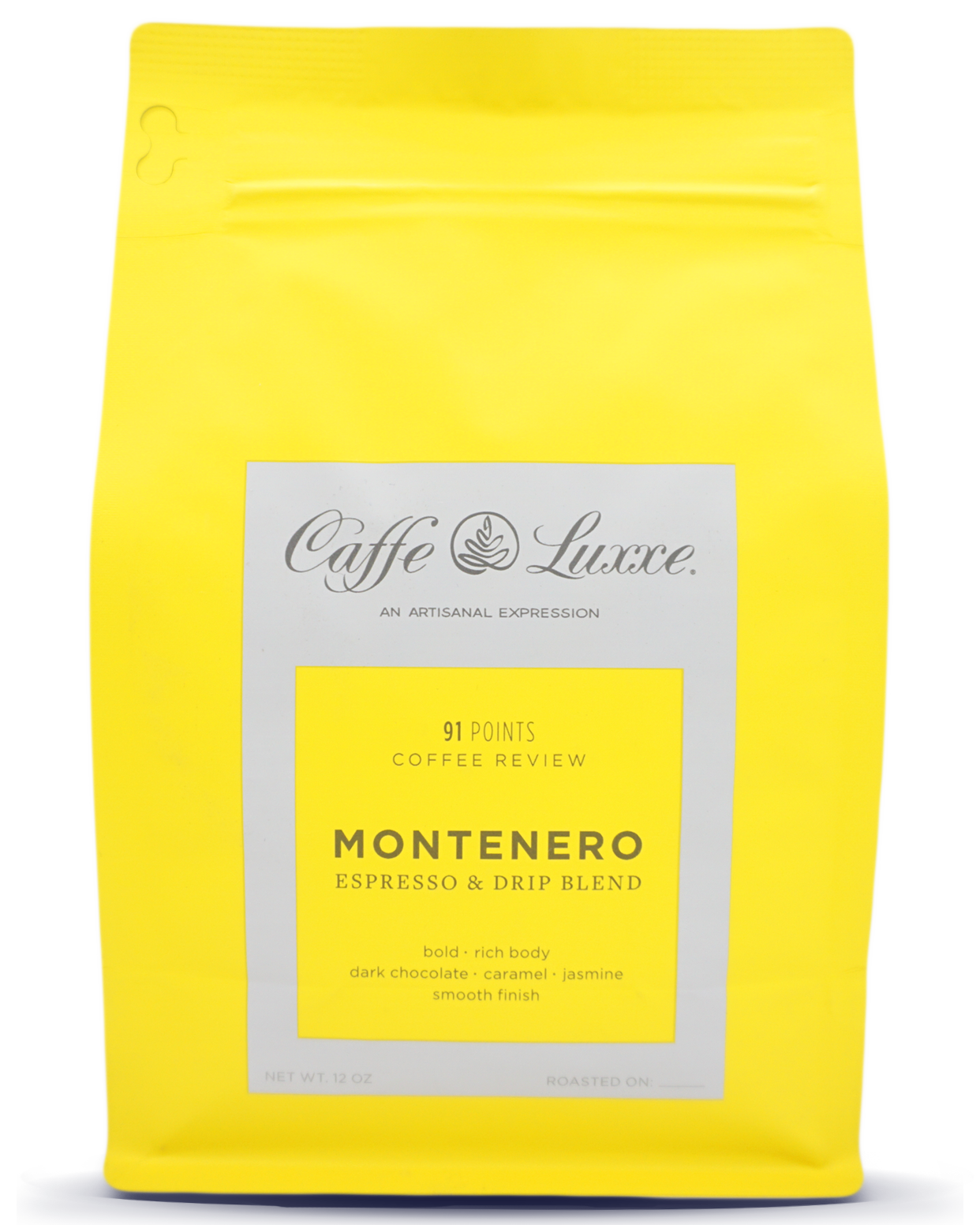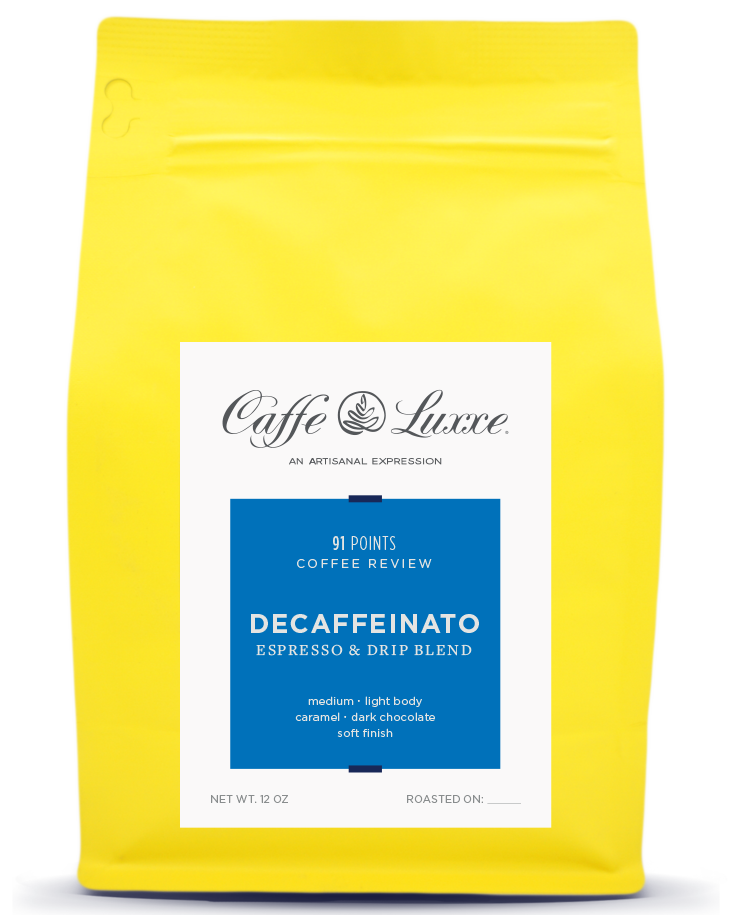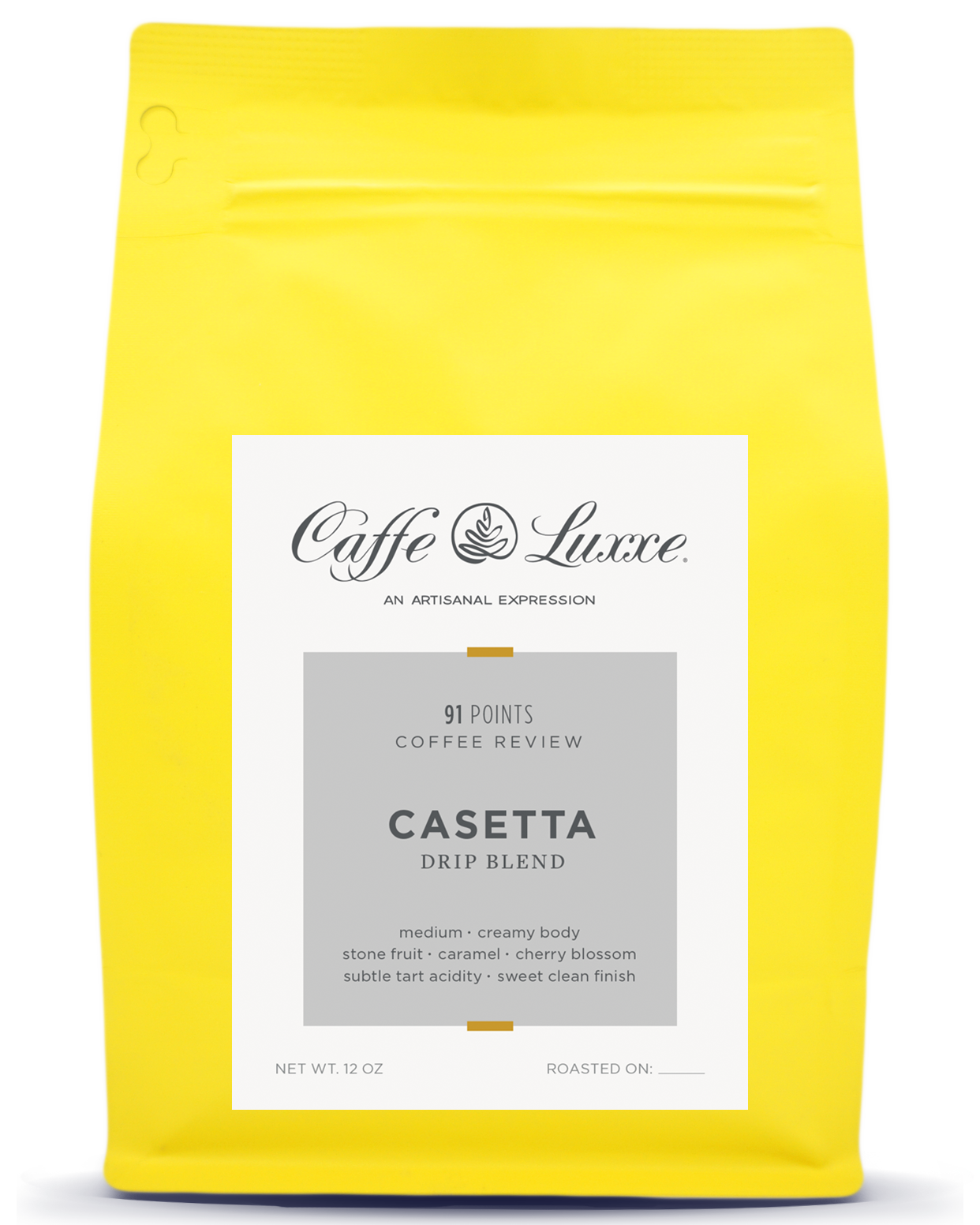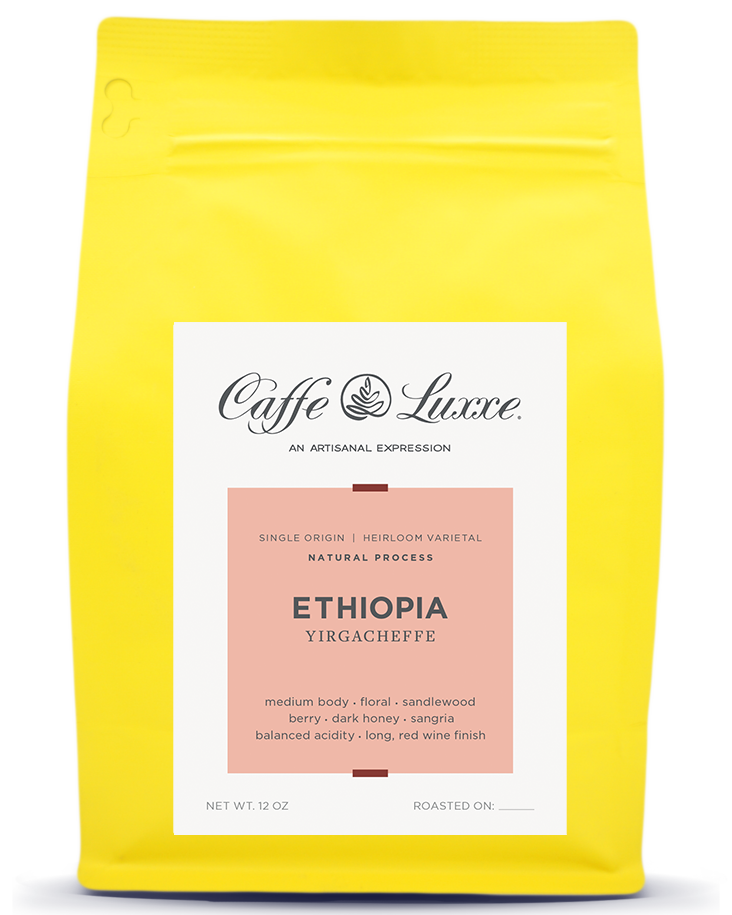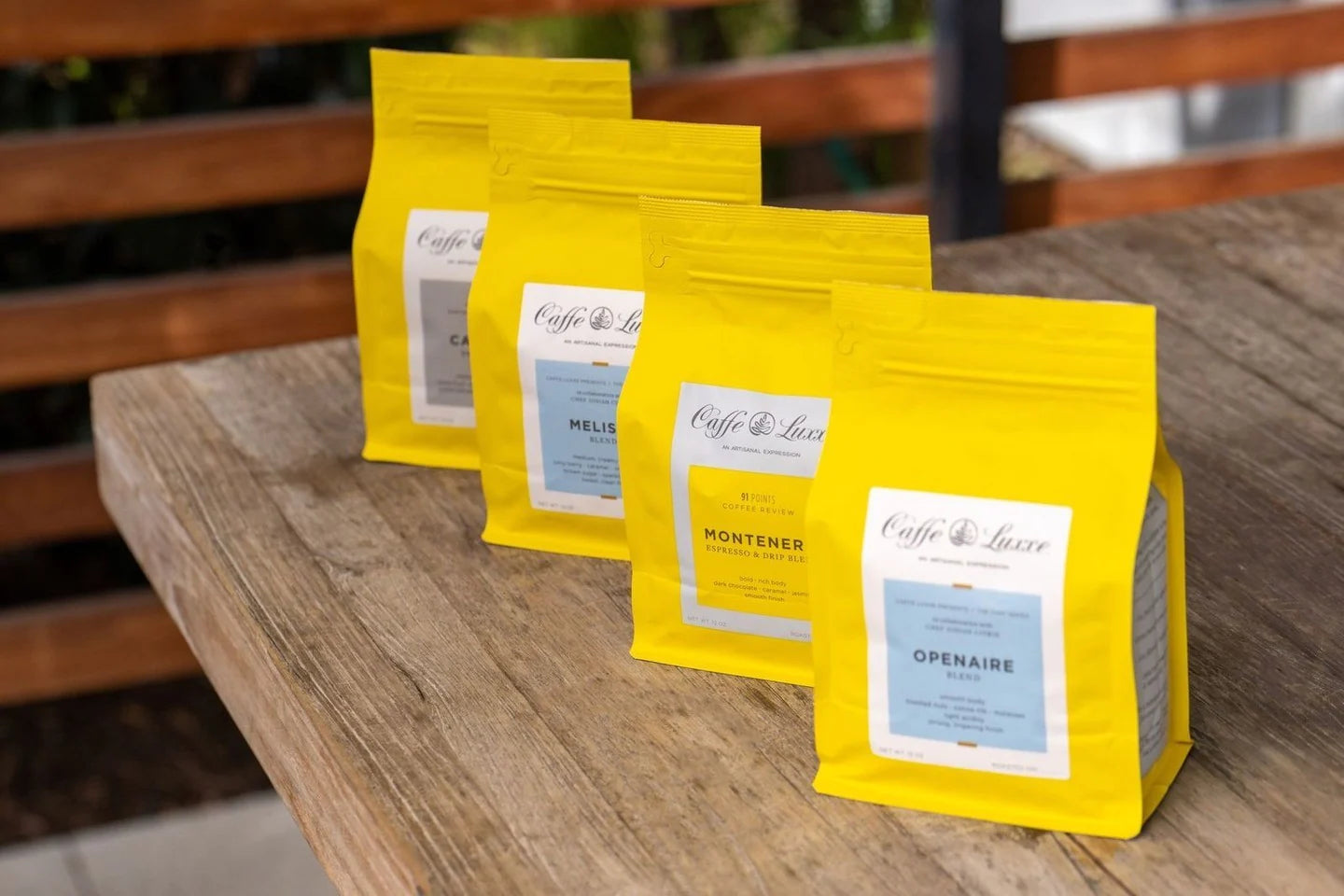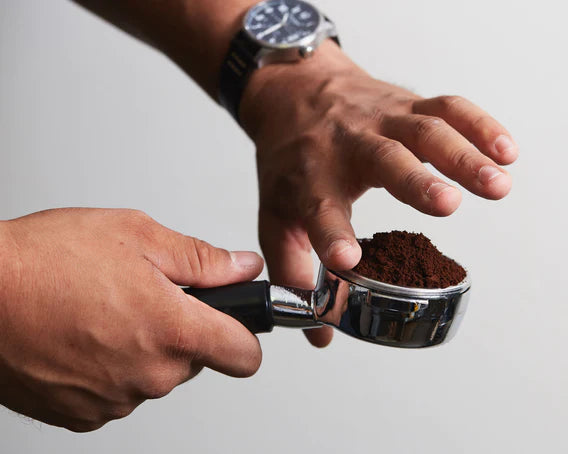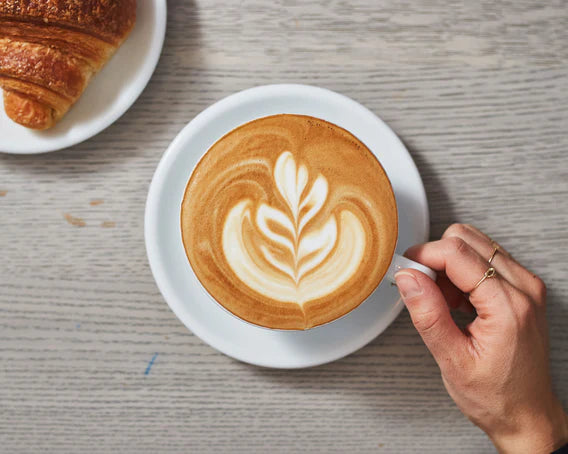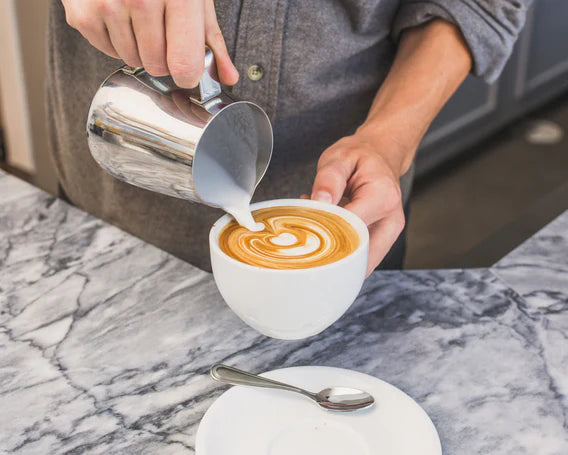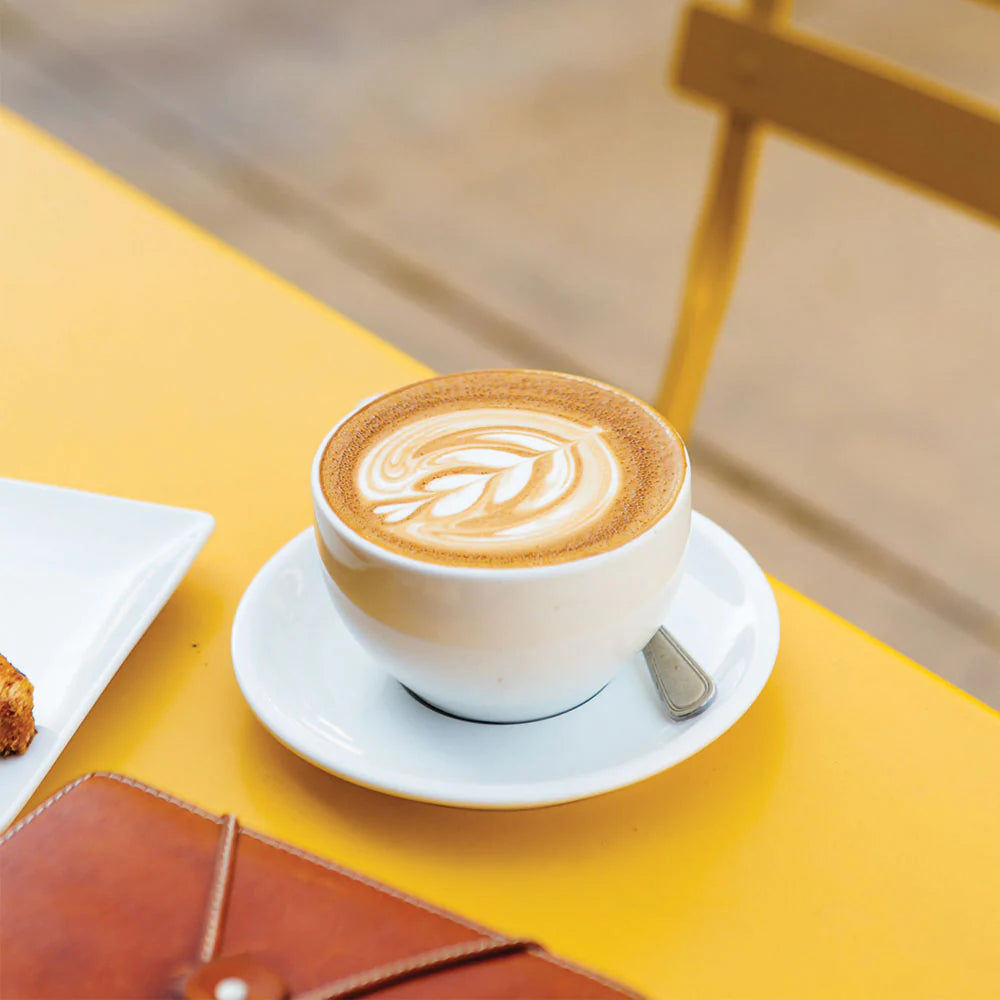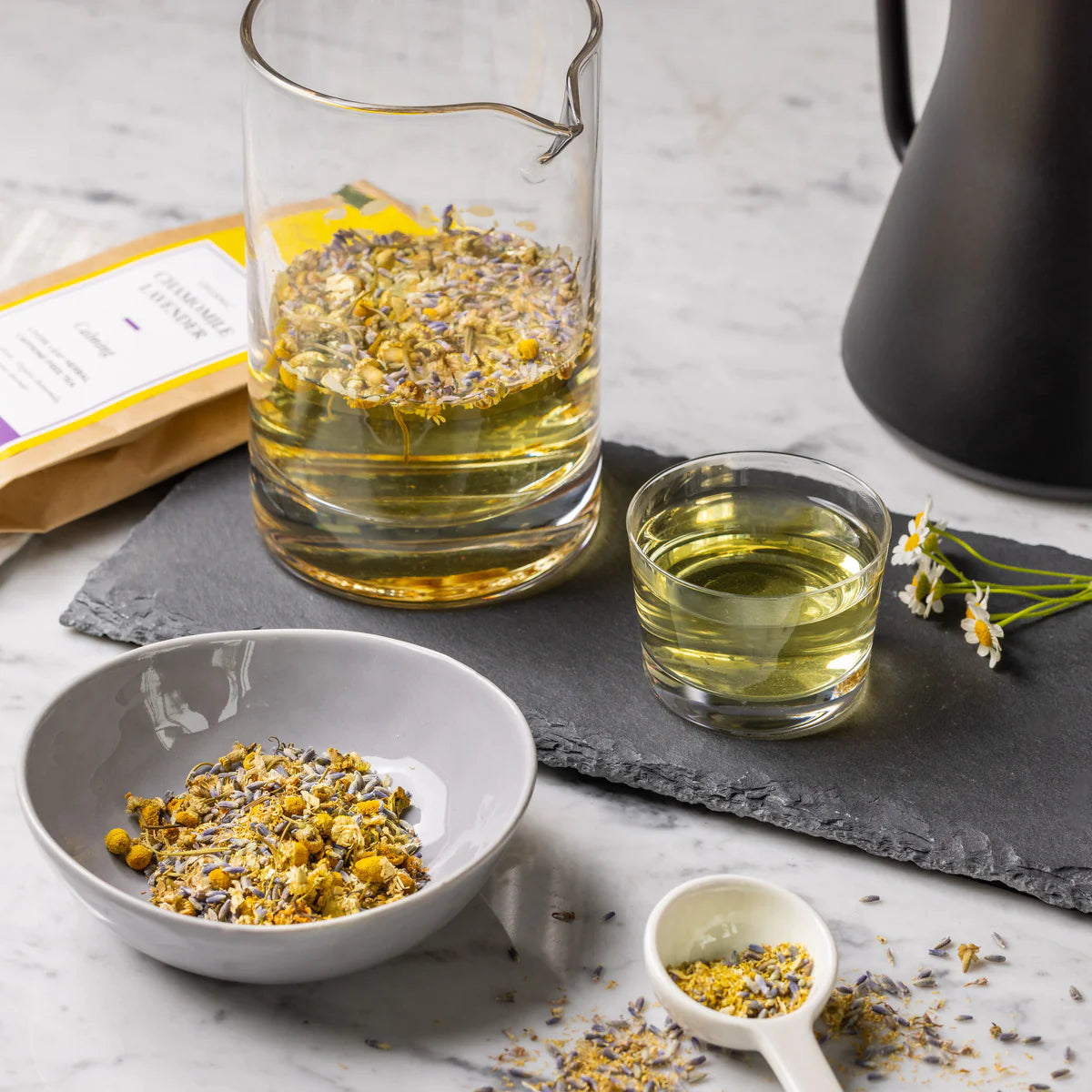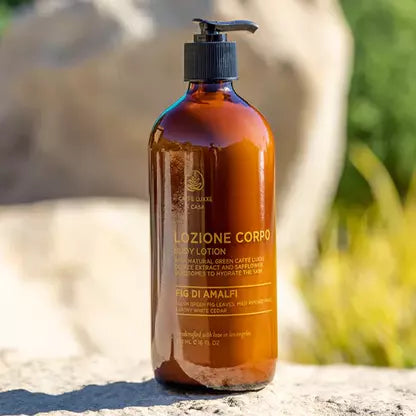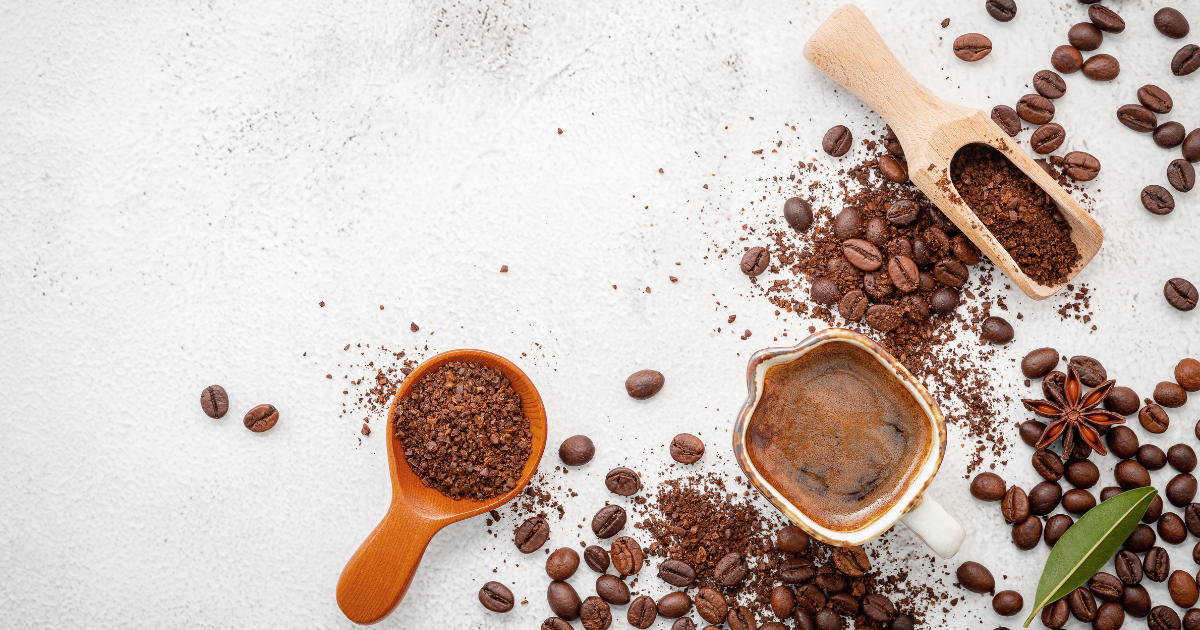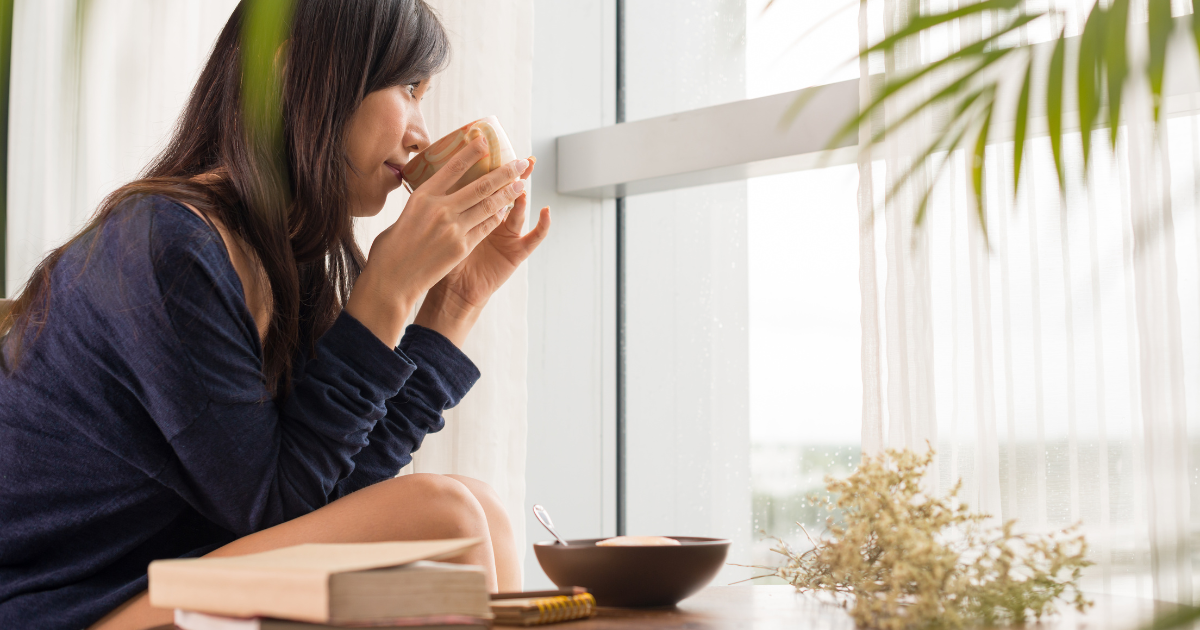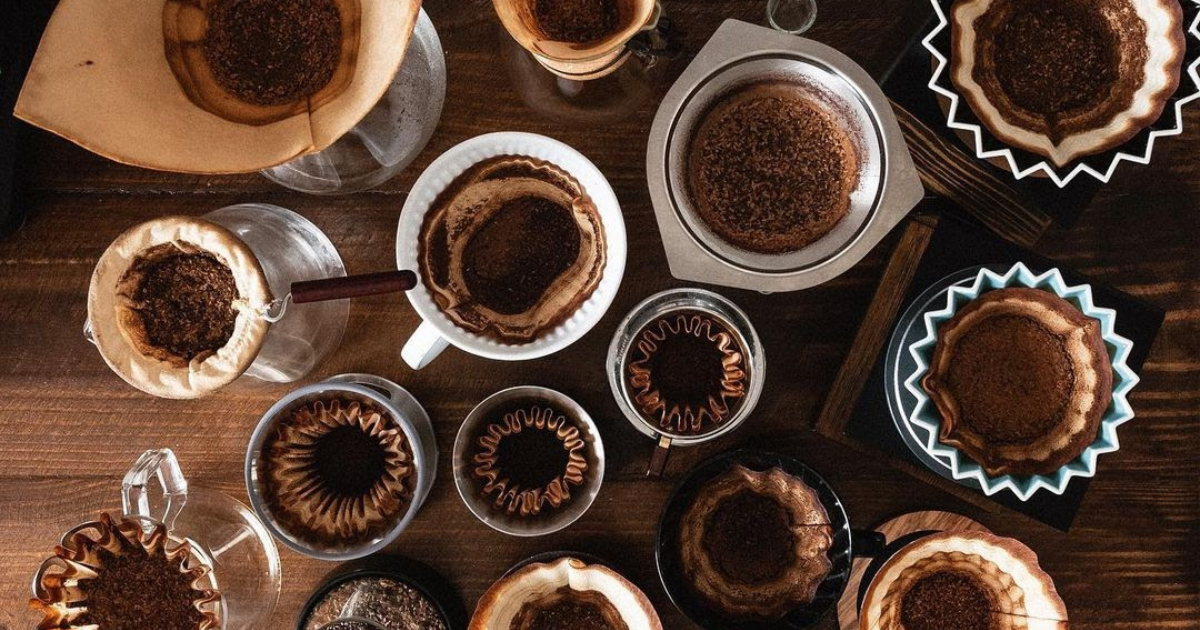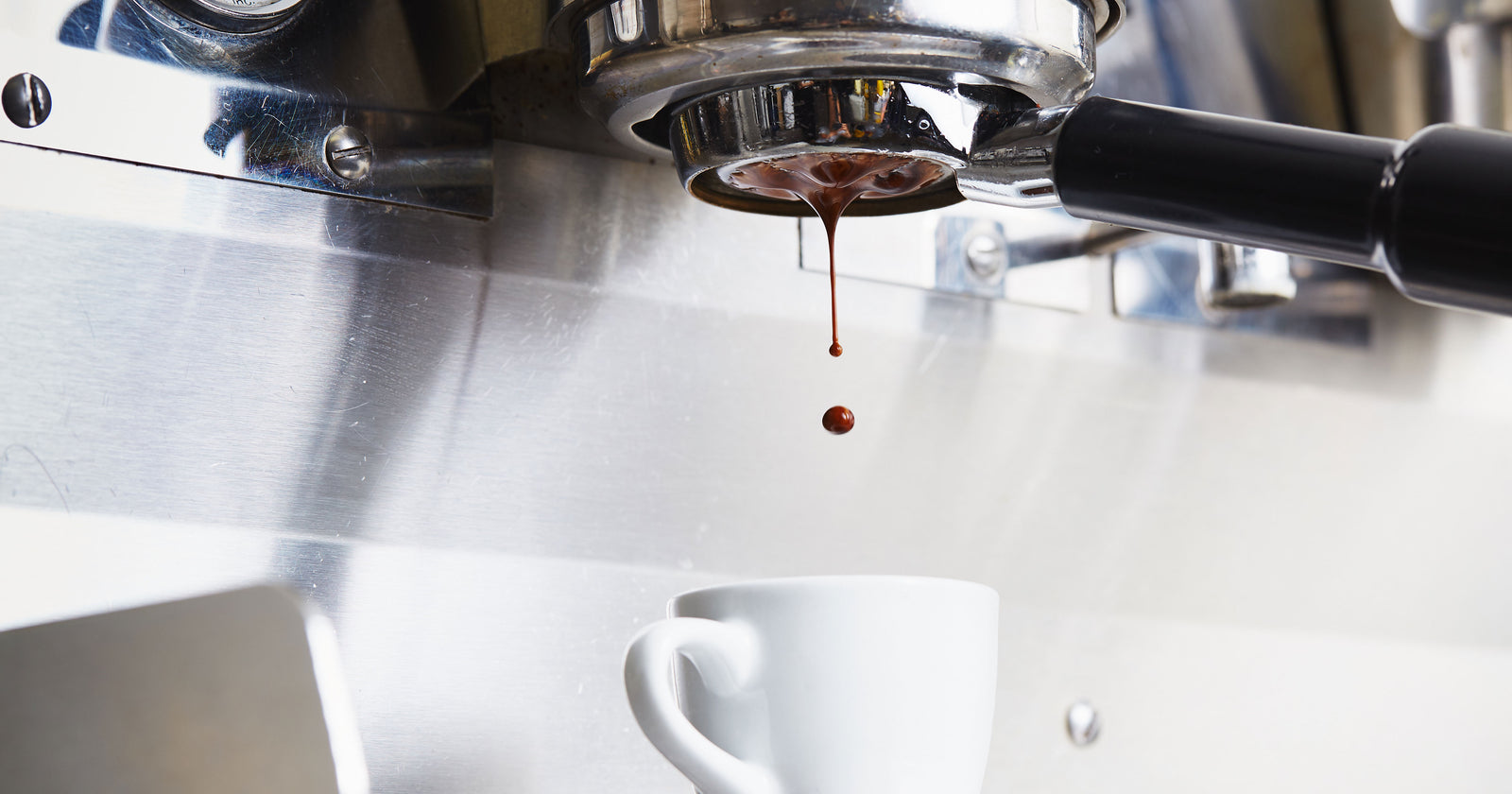
Often times, we see coffee separated into two categories: Espresso and Drip. Espresso, not unexpectedly, refers to a coffee or blend that is meant to be brewed using an espresso machine, whereas Drip refers to all other methods of brewing. This categorization isn’t limited to just bags of coffee; it’s not uncommon to see candies, flavors, and syrups made with Espresso beans as well. And while seeing these two categories naturally leads us to believe that there is some inherent difference between Espresso beans and Drip beans, it’s rarely explained what that difference is. Are they altogether different types of beans? Are Espresso beans a specific type of blend? What is the difference between Espresso and Drip coffee? The answer, it turns out, is quite simple. The difference between Espresso and Drip coffee beans is…nothing!
“There’s no difference between Espresso and Drip beans? That can’t be right!”
It’s true! There is no inherent difference between coffee beans used for Espresso and beans used for Drip. While it’s a common misconception that Espresso beans are different that Drip beans, in actuality they are equal. Any coffee bean can be used with any brewing device. In fact, the only thing that makes an espresso an espresso is that it was brewed using an espresso machine.
“But aren’t espresso blends always a darker roast than drip coffees?”
While it is very common for Espresso to be roasted darker than Drip coffee, it’s important to know that this doesn’t mean there is a specific one-size-fits-all espresso roast. In order to understand why Espresso is often darker roasted, we have to first understand a few things about brewing espresso and roasting coffee.
Firstly, espresso machines brew coffee in a highly pressurized environment and the coffee they produce is very concentrated. The pressure used (around 130lbs of force) and concentration act like a magnifier, making all of the flavors and aromas very pronounced. We often taste and discover new flavors in a coffee when it is brewed as espresso versus when we brew it as drip.
Secondly, while every coffees’ flavor profile is different and requires a unique roast profile (something our roasting team excels at), there are some characteristics that are found in every coffee. One of those characteristics is the effect of roast level on flavor. The lighter a coffee is roasted, the more intense and, acidic the flavors are. The darker you roast coffees, the more those acidic flavors become subtler, sweeter, and balanced.
So, since espresso machines act as a magnifier, using lighter roasted coffee can often lead to an espresso that is too intense, bright, and jarring. However, when you use a darker roasted coffee, you’ll find the espresso is sweeter, more balanced, has a delicate acidity, and is overall more pleasant. Conversely, if you use a darker roast as a drip coffee, you might find the flavors become too subtle, whereas they taste just right when using a lighter roast.
“So this means I should only buy dark roasts to use as Espresso, and light roasts to use as Drips?”
Nope! Flavors and preferences are entirely subjective, and you should buy the coffees that taste best to you for however you’re brewing it. While our Single Origin and Drip coffees are roasted lighter than our Espressos, we find that a lot of our fans enjoy using our espressos for both purposes. In fact, we serve our Montenero and Decaffeinato as both Espresso and Drip in all of our caffes!
Ultimately, you should be brewing coffees the way that tastes best to you and your palate. If you find you enjoy darker roasted coffees as Drip, or lighter roasted coffees as Espresso, then those are the coffees you should use!
